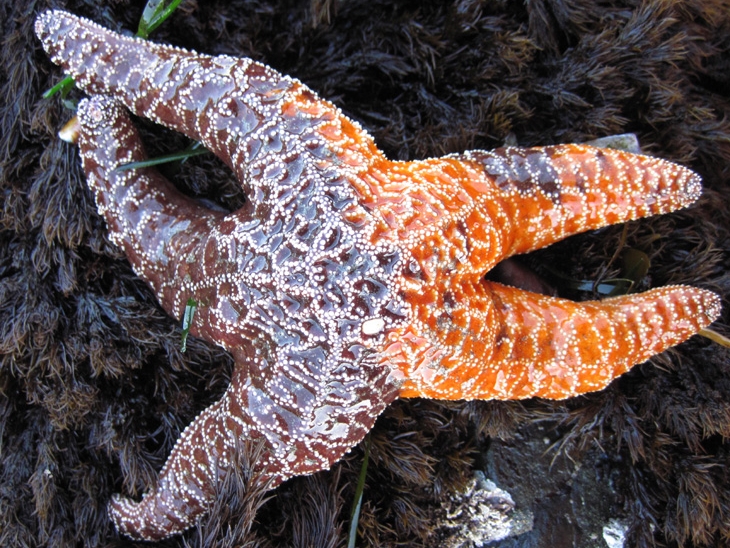Do online communities compete with each other over resources or niches? Do they co-evolve in symbiotic or even parasitic relationships? What insights can we gain by applying ecological models of collective behavior to the study of collaborative online groups?

We are delighted to announce that a Community Data Science Collective (CDSC) team led by Nate TeBlunthuis and Jeremy Foote has just started work on a three-year grant from the U.S. National Science Foundation to study the ecological dynamics of online communities! Aaron Shaw and Benjamin Mako Hill are principal investigators for the grant.
The projects supported by the award will extend the study of peer production and online communities by analyzing how aspects of communities’ environments impact their growth, patterns of participation, and survival. The work draws on recent research on various biological systems, organizational ecology, and human computer interaction (HCI). In general, we adapt these approaches to inform quantitative and computational analysis of populations of peer production communities and other online organizations.
As a major goal, we want to explain the conditions under which certain ecological dynamics emerge versus when they do not. For example, prior work has suggested that communities interact in ways that are both competitive and mutalistic. But what leads two communities to become competitors and others to benefit each other? We aim to understand when these patterns to arise. We are also interested in how community leaders might pursue effective strategies for survival given circumstances in the surrounding environment.
The grant promises to support a number of projects within the CDSC. Nate and Jeremy led the proposal writing as well as two key pilot studies that informed the development of the proposal. Other group members are now involved in planning and developing multiple studies under the grant.
The grant was awarded by the NSF Cyber-Human Systems (CHS) program within the Directorate for Information and Intellligent Systems (IIS) and the award is shared by Northwestern and the University of Washington (award numbers IIS-1910202 and IIS-1908850).
We’ve published the description of the proposal that we submitted to the NSF, although some details will shift as we carry out the project. The best place to stay up-to-date about the work will be to follow [the CDSC Twitter account (@ComDataSci)or the CDSC blog.
Discover more from Community Data Science Collective
Subscribe to get the latest posts sent to your email.